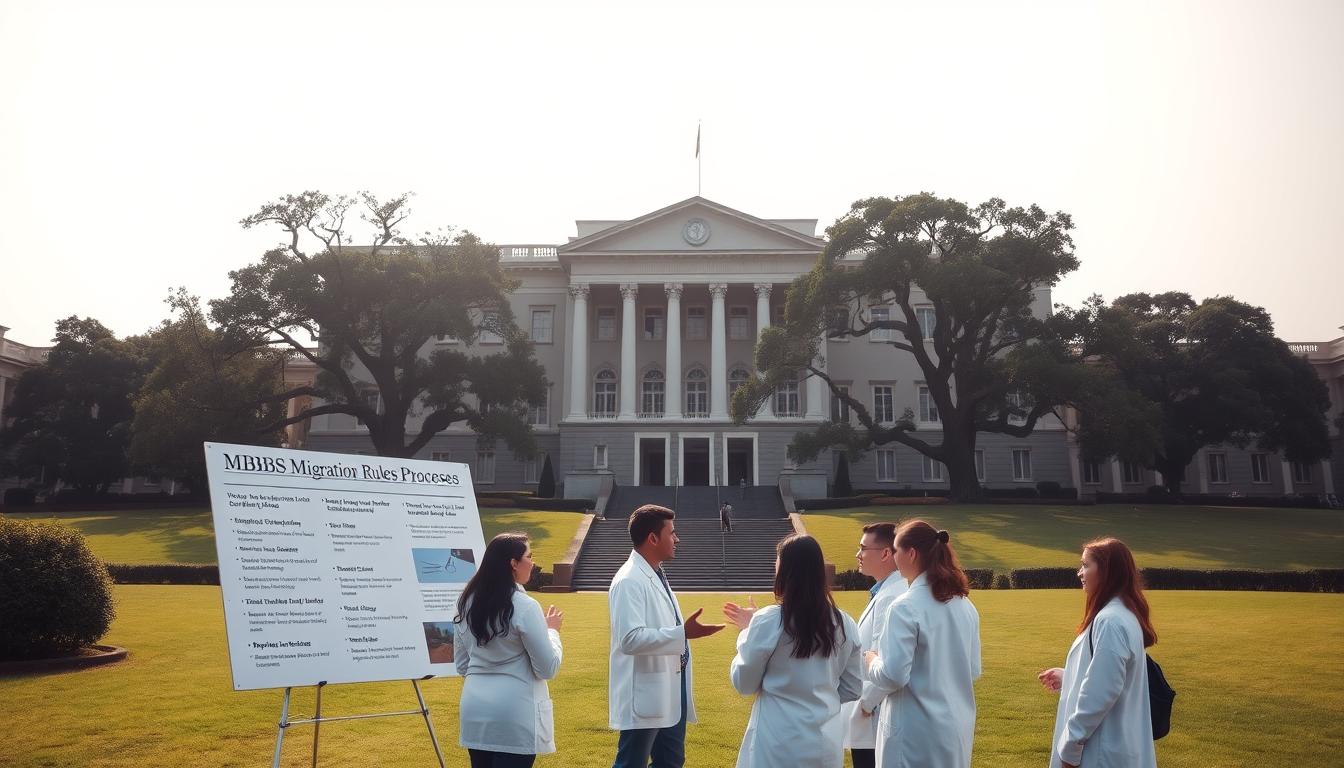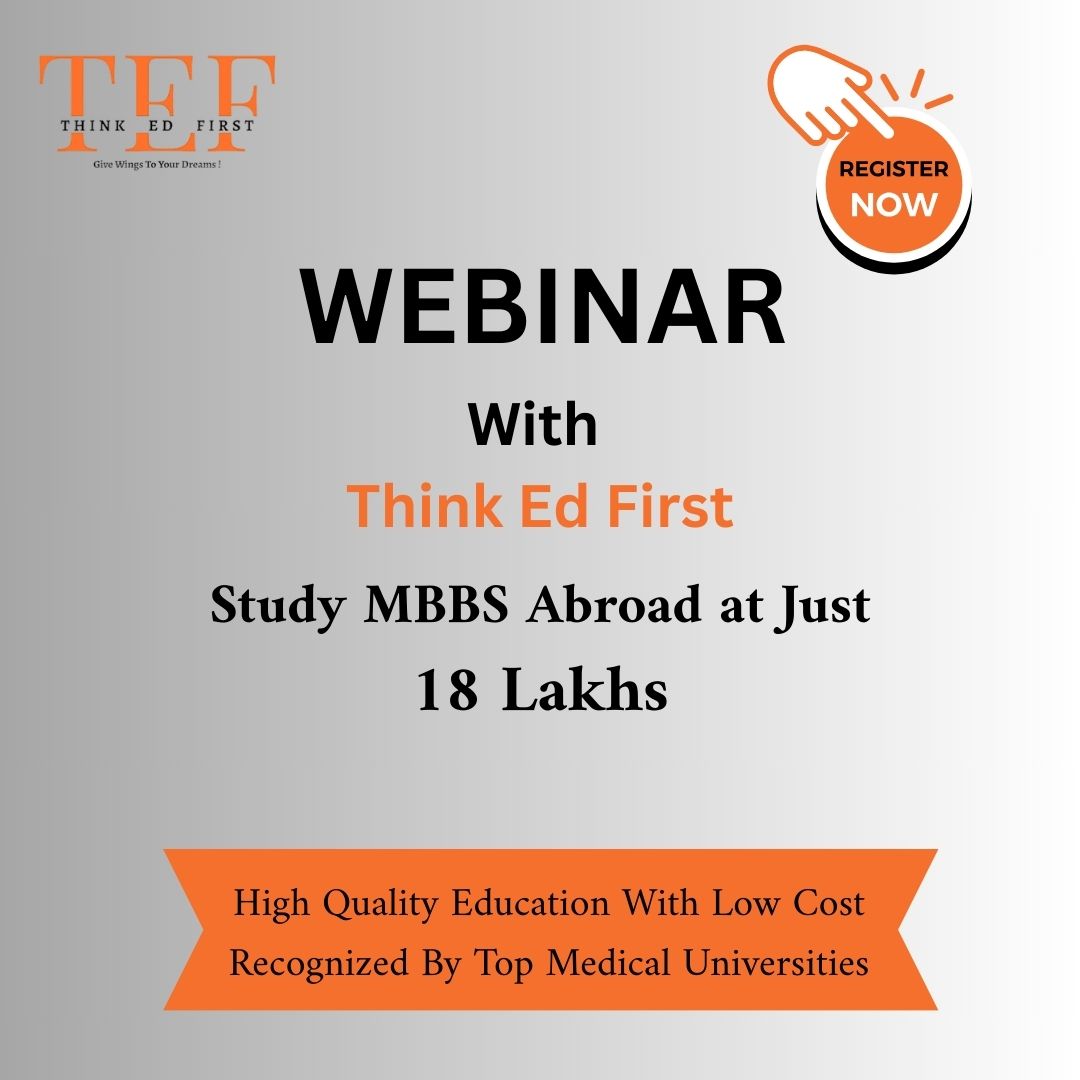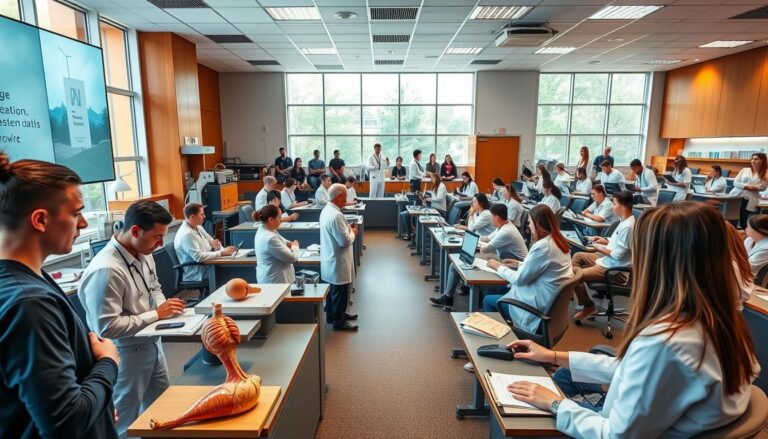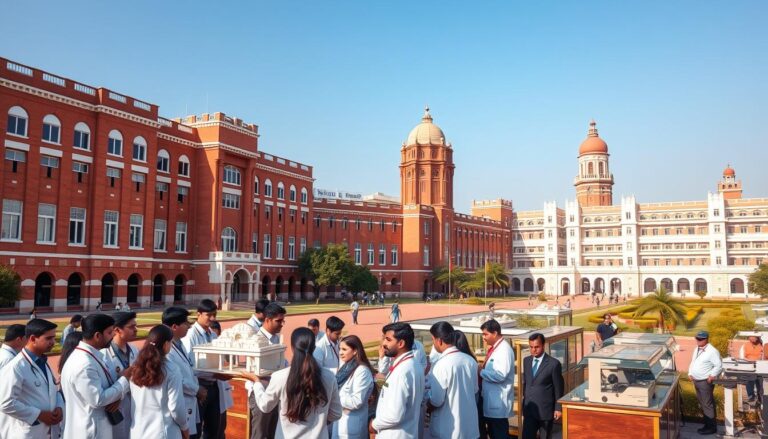Have you ever wondered what happens when policies change overnight, leaving students in uncertainty? The National Medical Commission (NMC) recently introduced significant updates to the Graduate Medical Education Regulations-2023, and the impact is profound.
Starting this academic year, students are no longer allowed to migrate between institutions, as outlined in the MBBS Migration Rules: How to Transfer Between Medical Colleges. This complete ban marks a sharp departure from previous policies, which permitted transfers under specific conditions. For many, this change raises questions about fairness and future opportunities.
We’ll explore how these new rules affect students, especially those with genuine concerns like medical issues or family relocations. Whether you’re in a government or private institution, understanding these updates is crucial for planning your academic journey.
Understanding MBBS College Transfer Rules in 2025
The landscape of medical education in India has shifted dramatically with the latest policy updates. The National Medical Commission (NMC) has introduced sweeping changes that directly impact how students navigate their academic journeys. These updates, part of the Graduate Medical Education Regulations-2023, have sparked significant debate and concern.
Recent Changes by the National Medical Commission
One of the most notable changes is the complete prohibition of migrations during the MBBS course. Section 3(2) of the 2023 regulations explicitly states that no student can seek a transfer to another institution under any circumstances. This marks a stark departure from previous policies, which allowed limited migrations under specific conditions.
Previously, students could transfer after passing their first-year exams, provided there were vacant seats in the target institution. This flexibility is now entirely removed, leaving many students and institutions grappling with the implications.
Key Differences Between Old and New Migration Policies
The new regulations eliminate several provisions that were once considered essential. For instance, transfers based on medical issues, single-parent households, or parental relocations are no longer permitted. Additionally, the concept of “stray vacancy” admissions through migration in government colleges has been abolished.
Here’s a quick comparison of the old and new policies:
| Aspect | Old Policy | New Policy |
|---|---|---|
| Migration Allowance | Up to 5% of sanctioned intake | Complete prohibition |
| Grounds for Transfer | Health issues, family relocations | No transfers allowed |
| Same-City Transfers | Not permitted | Reinforced ban |
As DME Director B.L. Sujatha Rathod noted, institutions are now left with no room to accommodate students seeking transfers, even in genuine cases. This rigidity has raised questions about fairness and the future of medical education in India.
Eligibility Criteria for MBBS Migration To College
Navigating the eligibility criteria for medical education shifts can be complex. Students must meet specific conditions to qualify for academic migrations. These criteria ensure fairness and maintain the integrity of the process.

Valid Reasons for Transfer: Health or Family Grounds
Transfers are permitted only in exceptional cases. Valid reasons include terminal illness, parental death, or physical disability. Students must provide detailed documentation, such as medical certificates or legal affidavits, to support their claims.
Academic Requirements: Passing First-Year Exams
To be eligible, students must clear their first-year exams without failing any subjects. This ensures they meet the academic standards required for relocation. Failing even one subject can disqualify a student from the process.
Restrictions on Same-City Transfers and Seat Availability
Shifts within the same city are strictly prohibited. Additionally, seat availability plays a crucial role. Under previous policies, only 5% of seats were allocated for migrations, and this cap often limited opportunities.
- Documentation for health-related requests must be thorough and verified.
- Failing any first-year subject can impact eligibility significantly.
- Geographic restrictions prevent intracity shifts, ensuring fairness.
- Seat availability under older policies was limited to 5% per institution.
- State-specific guidelines may further influence the process.
Step-by-Step Process to Apply for Migration
Applying for migration involves a structured process that ensures fairness and clarity. Students must follow specific steps to navigate this journey smoothly. Let’s break down the essential procedures to help you understand what’s required.
Obtaining a No Objection Certificate (NOC)
The first step is securing No Objection Certificates (NOCs) from all relevant institutions. You’ll need NOCs from your current institution, its affiliated university, the receiving institution, and its university. These documents confirm that there are no objections to your migration request.
Ensure all NOCs are properly signed and stamped. Missing or incomplete documents can delay the process. It’s crucial to start this step early to avoid last-minute issues.
Submitting Documents to State Medical Authorities
Once you have the NOCs, the next step is submitting your application to the State Medical Education Directorate. This must be done within 30 days of your first-year exam results being declared. Late submissions are typically not considered.
Include all required documents, such as your NOCs, exam results, and any supporting materials for your migration reasons. The State Medical Director will review your application and make the final decision.
After approval, you must comply with post-migration academic requirements. This includes maintaining mandatory attendance to remain eligible for second-year exams. Additionally, the receiving institution must notify the Medical Council of India (MCI) about your admission.
- Secure NOCs from all relevant institutions early.
- Submit your application within the 30-day window.
- Include all necessary documents for a smooth review process.
- Maintain attendance and academic compliance post-migration.
- Ensure the receiving institution notifies the MCI.
Conclusion
The recent policy changes have reshaped how students approach their academic paths. The shift from regulated transfers to a complete prohibition has left many with limited options. For those with genuine relocation needs, the implications are significant, requiring careful planning and adaptation.
Alternatives, such as completing internships at original institutions, are now essential. Parents are also concerned about locked fee structures in private institutions, which add financial pressure. It’s crucial for students to verify state-specific implementations of the new guidelines to avoid misunderstandings.
Ultimately, staying informed and proactive is key. By understanding the rules and exploring available options, students can navigate these changes effectively and focus on their academic goals.
Frequently Asked Questions
Can I transfer from one medical college to another?
Yes, you can request an MBBS transfer from one medical college to another under the NEET counseling process. The transfer is generally granted only once during the academic program, and is subject to availability of seats within your respective state quota or all-India quota. You’ll need to meet the transfer eligibility criteria and submit an online application through the MCC (Medical Counseling Committee) portal or the state counseling authority before the transfer window closes.
What are the eligibility criteria for MBBS college transfer?
To be eligible for an MBBS college transfer, you must:
Have a valid NEET-UG score and qualified status.
Have completed at least one year of study (i.e., the first academic year) at your current medical college.
Maintain a minimum attendance of 75% and meet all academic requirements.
Not have availed migration during any previous year.
Apply within the transfer window announced by MCC or your state authority.
When does the MBBS transfer window open and close?
Typically, the MBBS transfer window opens after the conclusion of the first academic year examinations, around June–July each year. The Medical Counseling Committee (MCC) and state counseling authorities publish exact dates on their official websites. Make sure to regularly check the MCC official notice or your state medical counseling portal to avoid missing the deadline.
How do I apply for an MBBS transfer under the state and all-India quota?
Register/Login: Use your NEET application number to log in to the MCC or your state counseling portal.
Fill Transfer Form: Select the “College Transfer” option and choose your preferred colleges under the relevant quota (state/all-India).
Upload Documents: Submit required documents such as NEET scorecard, identity proof, college enrollment certificate, marksheets, and migration permission.
Pay Fees: Transfer processing fees are generally non-refundable and vary by state.
Seat Allotment: Wait for the provisional seat allotment list; if allotted, download your allotment letter and report to the new college within the stipulated time.
Are there any fees and document requirements for MBBS college transfer?
Yes, there are both application fees and document prerequisites:
Application Fees: Varies between ₹5,000 to ₹25,000 depending on quota and state regulations.
Documents Needed:
NEET-UG Admit Card and Scorecard
Original College ID and Bonafide Certificate
First Year Marksheets and Attendance Record
Migration/Transfer Permission from current college
Category/Reservation Certificate (if applicable)
Ensure all documents are self-attested and uploaded in the prescribed format to avoid any delays in processing.





